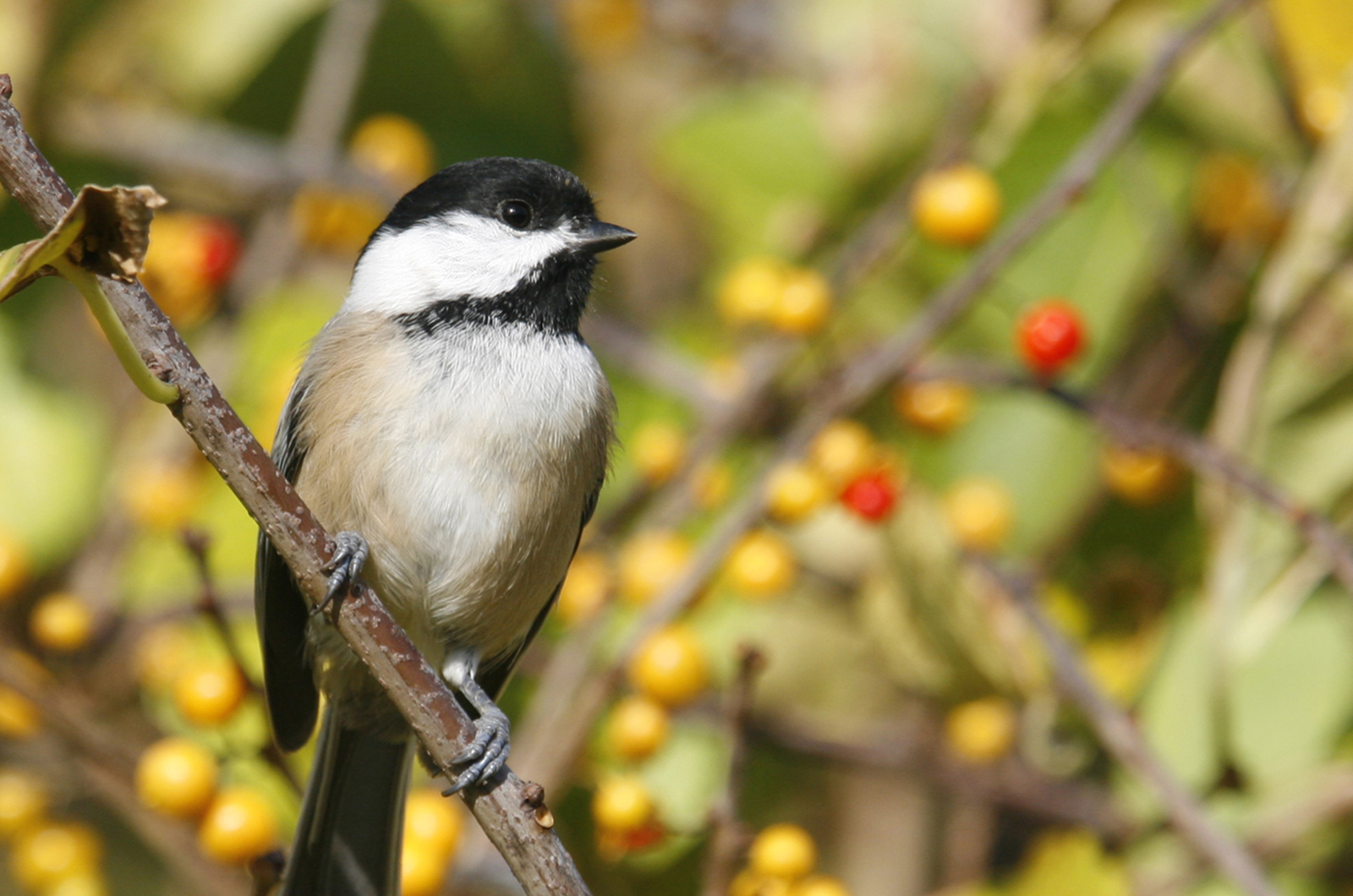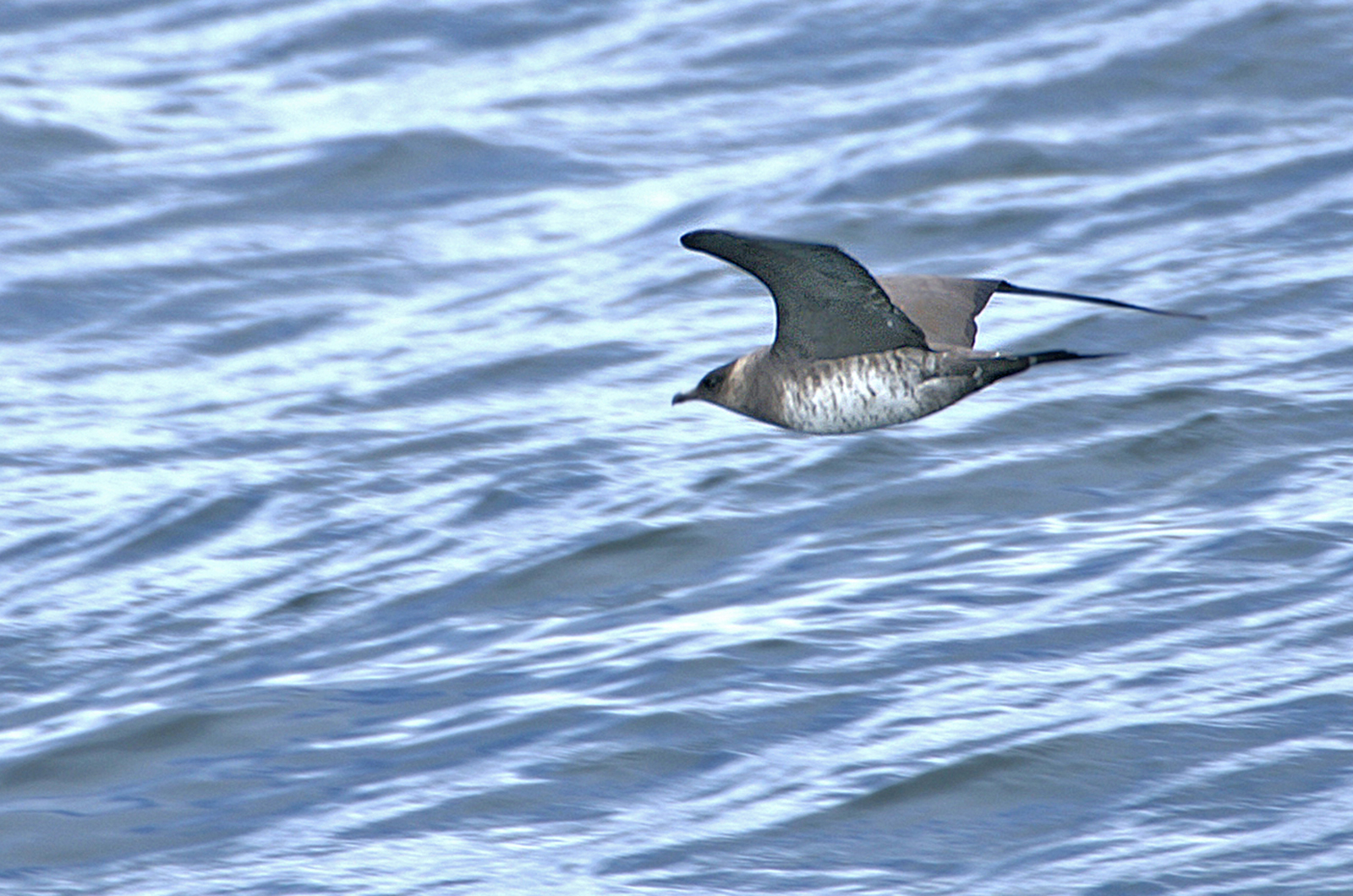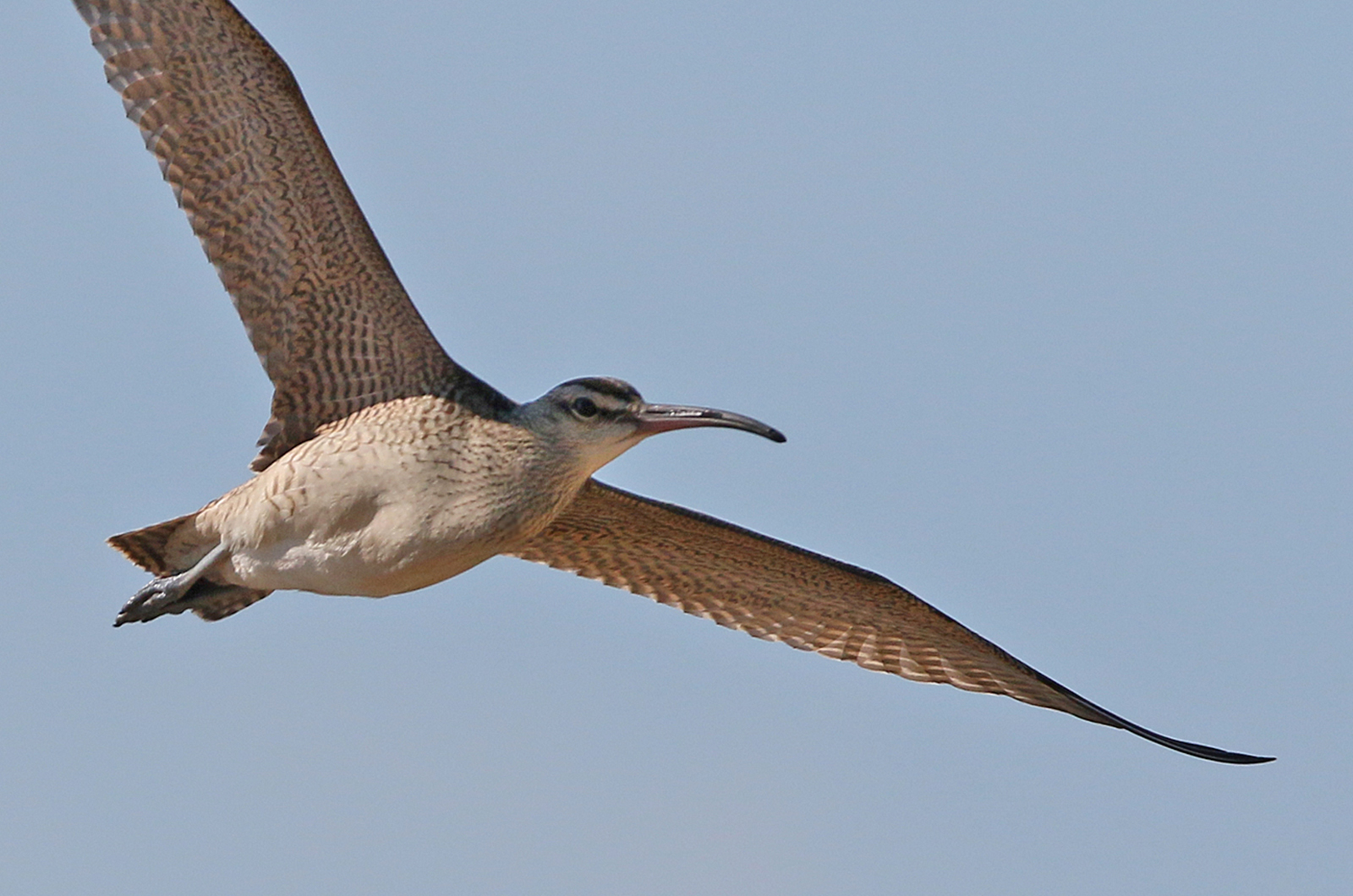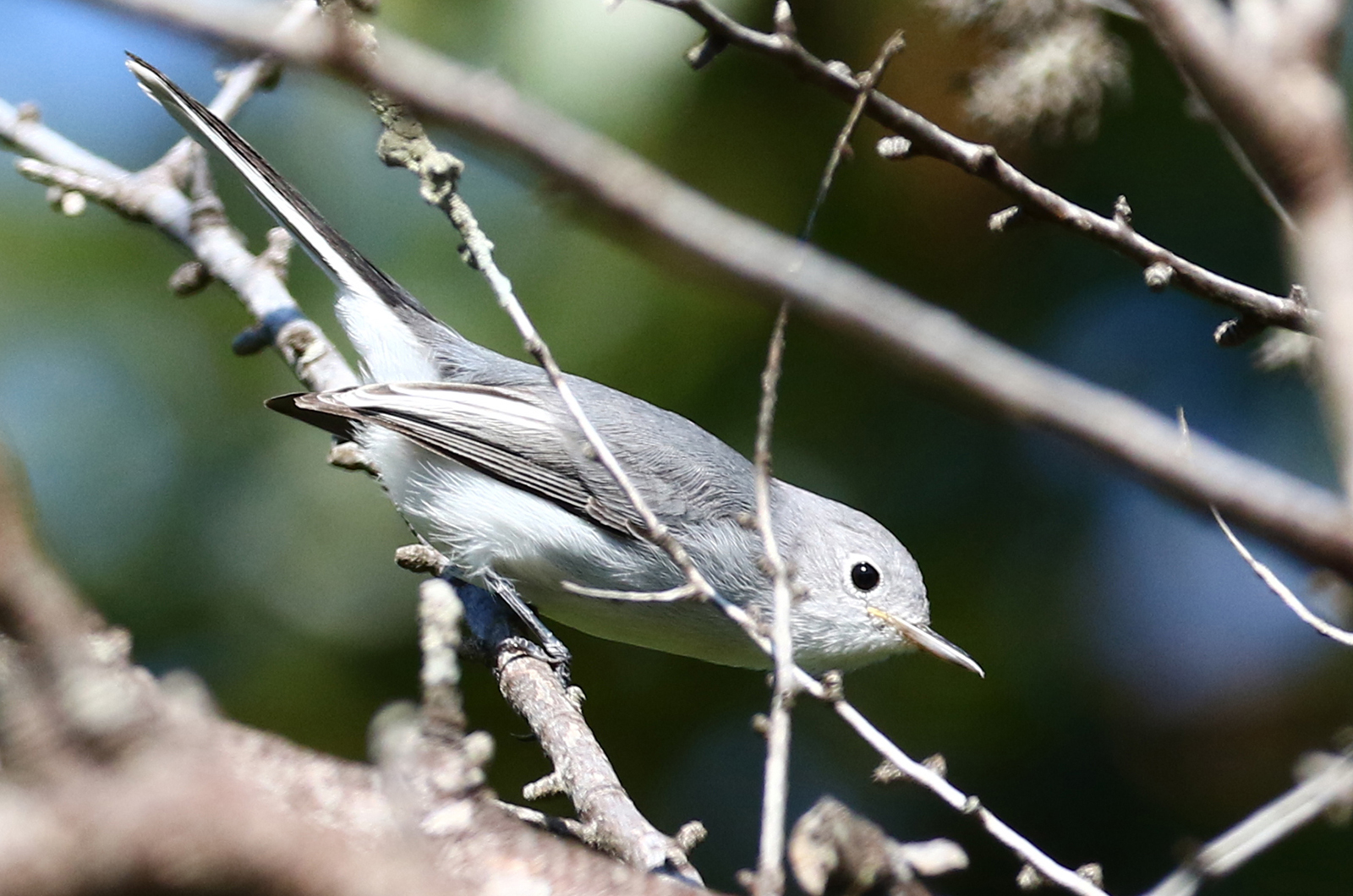A walk through the woods is much quieter now than it was anytime from April through July. There are not fewer birds since the number of fledglings is larger than the number of birds that have already departed for points south. They are just quieter now that 99 per cent of the nesting season has ended; birds now communicate using soft chips and chirps rather than their loud breeding season songs.
Chickadees are the ring leaders of woodland flocks consisting of titmice, nuthatches, woodpeckers, blue jays, cardinals and other woodlands species that stay together until next spring’s breeding season. Towhees and catbirds may join these flocks.
Many of our Baltimore orioles, red-eyed vireos and eastern wood-pewees have departed. But I have found one or two of them at Wapatequa Woods on August 18 and Cedar Tree Neck on August 19. Those numbers are rather than the seven or eight from the spring and early summer. Other sightings of these species were by Grace Harden and Miles Buddy at Polly Hill Arboretum on August 19 and by Caroline Heald at Pilot Hill.
Many of our nesting warblers – especially yellow and prairie warblers – have already departed but other songbirds will be passing through. Northern waterthrushes are one of the early migrants. Peak warbler migration starts around Labor Day. These mostly-nocturnal migrants are at their greatest diversity near the Gay Head Cliffs early in the morning; they mill around that area, stymied by their next night’s flight across the ocean. This abundance is why birders flock to this area.
Migrants can also be found anywhere across the Island at lower densities. The intensity of migration varies by the nighttime weather. Check out the website birdcast.info, which records the intensity of the previous night’s migration. It predicts the intensity for the next three nights and lists the most abundant migrants. It’s a really useful tool for birders.
The most unusual sighting from this past week comes from Jeff Peters, who birded the Black Point Pond area on August 20. His best sighting was of a parasitic jaeger (pronounced yayger), a seabird that habitually steals food from other birds. It’s known as a kleptoparasite. The jaegers’ presence near shore is indicative of this summer’s seabird show. Jeff also spotted a lesser black-backed gull, four Cory’s and one great shearwater, as well as eight common eiders and five laughing gulls.
Other seabird sightings come from Sarah Quadt and Sam Denenberg on August 14, who observed six Wilson’s storm-petrels — smaller seabirds that “were close enough to shore to identify while others were too far offshore to identify.” Also that day, the Martha’s Vineyard Bird Club found five Cory’s and eight great shearwaters offshore from Black Point Pond.
On August 15 at Moshup Beach, Bob Shriber saw 50 Cory’s and 20 great shearwaters. On August 20 Warren Woessner spotted great, sooty, Corey’s and one Manx shearwater in about four hours of fishing offshore near Philbin Beach.
Flocks of harlequin ducks spend their winter along the rocky up-Island shorelines but are not supposed to be here at this time of the year. Mark Mattson identified an eclipse plumage male harlequin duck off Dogfish Bar on August 14, a sighting that helps makes birding interesting.
The most common sandpipers and plovers are black-bellied plovers, piping plovers, semipalmated plovers, ruddy turnstones, greater yellowlegs, sanderlings, semipalmated sandpipers, least sandpipers, willets and oystercatchers.
A whimbrel stands out from these species because it is much larger and has a long, down-curved beak. Everyone on the MV Bird Club’s field trip to Black Point Pond on August 14 got to see one. Three other less than common sandpipers seen on that trip were two stilt sandpipers, three pectoral sandpipers and one solitary sandpiper.
A stilt sandpiper was also spotted by Bob Shriber and Susan Whiting August 16 at Black Point Pond. On August 16 Sam Scarfone and David Benvent spotted a pectoral sandpiper at Quansoo. Bob Shriber, Jeff Peters and Susan Whiting saw two pectoral sandpipers on August 19 at Little Beach in Edgartown. Lanny McDowell found a solitary sandpiper along a Chilmark south shore pond on August 14, while Mariah Ben David observed two solitaries in an Old County Road horse paddock on August 16. The troika of Bob Shriber, Jeff Peters, and Susan Whiting watched a white-rumped sandpiper on August 19 at Little Beach.
Steve Allen found an adult little blue heron mixed in with a group of eight great egrets — the size and color differences were easily observed — on August 16 at Felix Neck. Chris Scott also saw one perched on a mooring in Edgartown harbor near the Reading Room on August 18.
The most interesting songbird reported this week is smaller than a chickadee — and maybe half of its length is its tail. David Benvent spotted a blue-gray gnatcatcher on August 18 along Pond Road in West Tisbury.
Also notable this week is the abundance of eastern kingbirds. Philip Edmundson spotted three kingbirds along South Beach in West Tisbury on August 15, the same day that Walt Looney saw eight kingbirds at Felix Neck. The Felix Neck early birders hit the jackpot on August 17: they counted an amazing 25 kingbirds! On August 20, Steve Allen only found three kingbirds there, a more normal number. And Chris Scott watched one kingbird in the state forest on August 19.
And last but not least, the blackbird migration is on. We have had some large numbers of red-winged blackbirds at the Gay Head Cliffs earlier this month, and Steve Allen reports a flock of 100 common grackles were at a feeder along Windsor Drive in Edgartown on August 18.
Please email your sightings to birds@vineyardgazette.com.
Robert Culbert is an ecological consultant with Nature Watch LLC living in Vineyard Haven.








Comments
Comment policy »